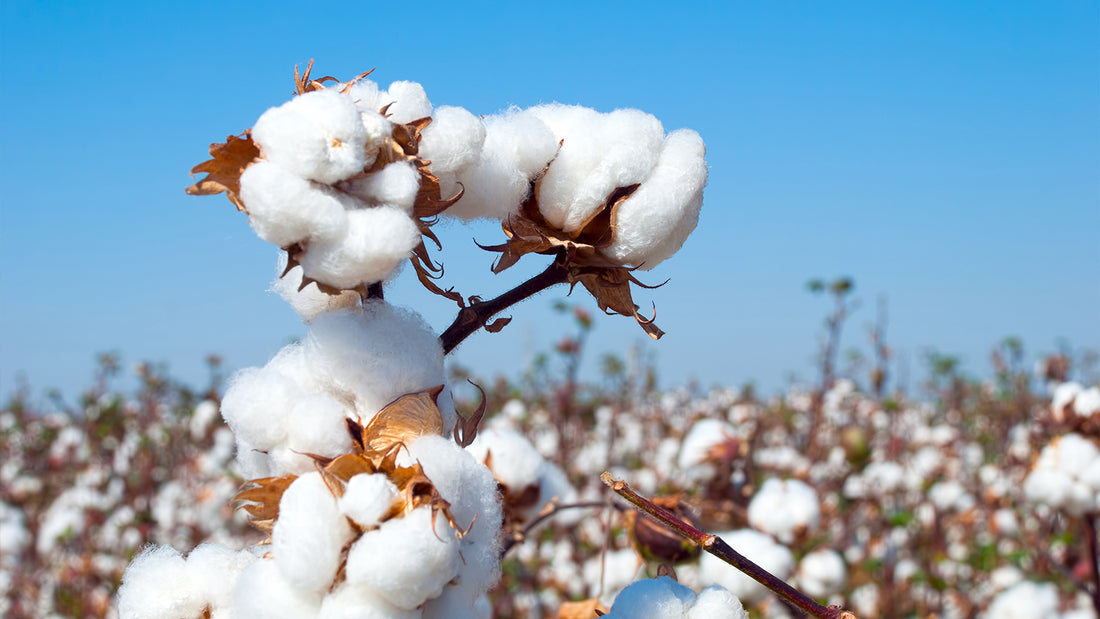While it’s often seen as an indicator of quality, buying cotton bed linen based on thread count isn’t necessarily the best way to make your choice.
Like gems to magpies, high thread count numbers are very attractive to people and a thread count of 1,000 or more can seem like the height of luxury.

What’s in a number?
Rather than being a quality measure, thread count is a scientific term that indicates the number of threads woven together in a square inch of fabric.
You count the number threads both lengthwise (warp) and widthwise (weft). For example, 100 lengthwise threads woven with 100 widthwise threads produce a thread count of 200.
And you can probably guess what we’re about to say next…it’s the quality of those threads, rather than the number, that’s most important.
While it’s true that many hundreds of high-quality threads can give sheets that heavy ‘hotel bed’ feel, a high number of poor-quality threads will make sheets that feel stiff and rough, particularly after a few washes.
Rather than being lower in quality, a lower thread count means a less dense fabric, so it feels lighter and more breathable.

Check the labels
If you’re looking to buy the best quality and longest-lasting bedding for your budget, other factors will tell you more, such as the composition of the fabric and how it’s made.
For the best quality cotton sheets, look for those made with an extra-long-staple cotton variety. The fibres are 50% longer than those of standard cotton, resulting in bedding that’s softer, stronger, and longer-lasting.
It’s generally accepted that the best quality bedding is percale or sateen, and the difference between these two fabrics lies in the weave.
A traditional one-yarn-over and one-yarn-under weave, percale typically features a matte finish and a crisp, cool feel that improves with every wash. Its superior durability means it won’t pill over time. It’s lightweight and breathable, which means it’s perfect for warmer sleepers.
Sateen is the closest thing you can get to satin - without the high cost and fragile nature of that expensive fabric. The one-yarn-under and often three-yarn-over weave exposes more thread surface, giving sateen a silky feel, but it’s typically heavier in weight than percale.

What really counts
To sum up, buying bed linen is first and foremost about personal preference and choosing the type of sheeting that will help you get the best night’s sleep.
You don't have to take too much notice of the high thread count numbers, distractingly emblazoned on the packaging of some bed linens.
As with clothes, consciously buying bed linens made from natural, high-quality and preferably sustainable raw materials will help you sleep at night – in more ways than one.

